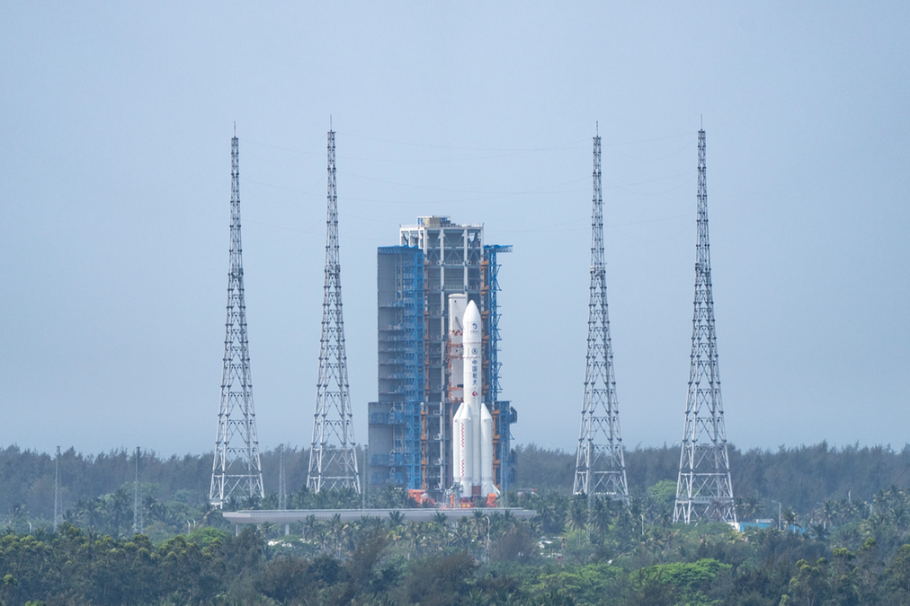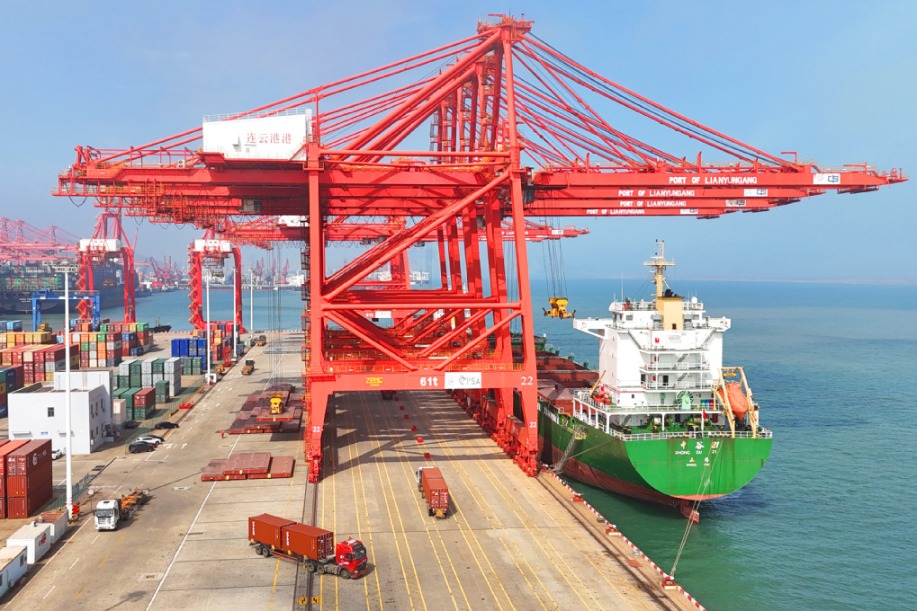Nanning boosts trade through sea-rail inter-modal transportation
CGTN | Updated: 2020-11-26 15:08

Nanning, in South China's Guangxi Zhuang autonomous region, is actively participating in facilitating trade through sea-rail inter-modal transportation under China's "double dynamic development" strategy.
The country's new western land-sea corridor connects the Silk Road Economic Belt from the north and the 21st Century Maritime Silk Road from the south. It's a land-sea trade link to integrate the western regions in international economic cooperation.
The Beibu Gulf Port in Guangxi is an important transit location on the corridor and the closest seaport for inland Chinese provinces. With the corridor thriving over the past three years, the Beibu Gulf Port has seen rapid development.
Fifty-two routes were opened, allowing navigation with more than 100 countries and regions and over 200 ports globally, including ports in Southeast Asia, Northeast Asia, South America and Africa.
It is the only port that has achieved double-digit growth in cargo and container handling capacity among major coastal ports across the country. According to Beibu Gulf Port Group, its cargo throughput rose 19.6 percent year-on-year to about 222 million tons in the first 10 months of 2020.
Nanning also plays the role of a railway transportation hub in the Beibu Gulf city cluster and the new western land-sea corridor.
"Cargo going up to some places in the southwest has to go through Nanning. Goods from the southwestern hinterland coming down for export also have to go through Nanning. A large amount of bulk cargo can be transferred through Fangchenggang port (which is based in Nanning)," said Li Junxuan, deputy director of Business Department at Beibu Gulf Port Fangchenggang Terminal.
As Li introduced, the city helps clear the bottleneck of the "last mile to the sea" – products such as auto parts and tropical fruits are transported by sea-rail inter-modal transportation, reaching consumers faster than before.
For example, Fangchenggang Iron and Steel Base in Nanning has 14 supporting port terminals. Its annual cargo capacity is more than 40 million tons and it has a 19.24-kilometer special line to support railway for the steel mill.
"We can send products to customers across the country as soon as possible through sea-rail inter-modal transportation," said Xie Yunqiang, deputy director of Logistics Department at Guangxi Iron and Steel Group.
























